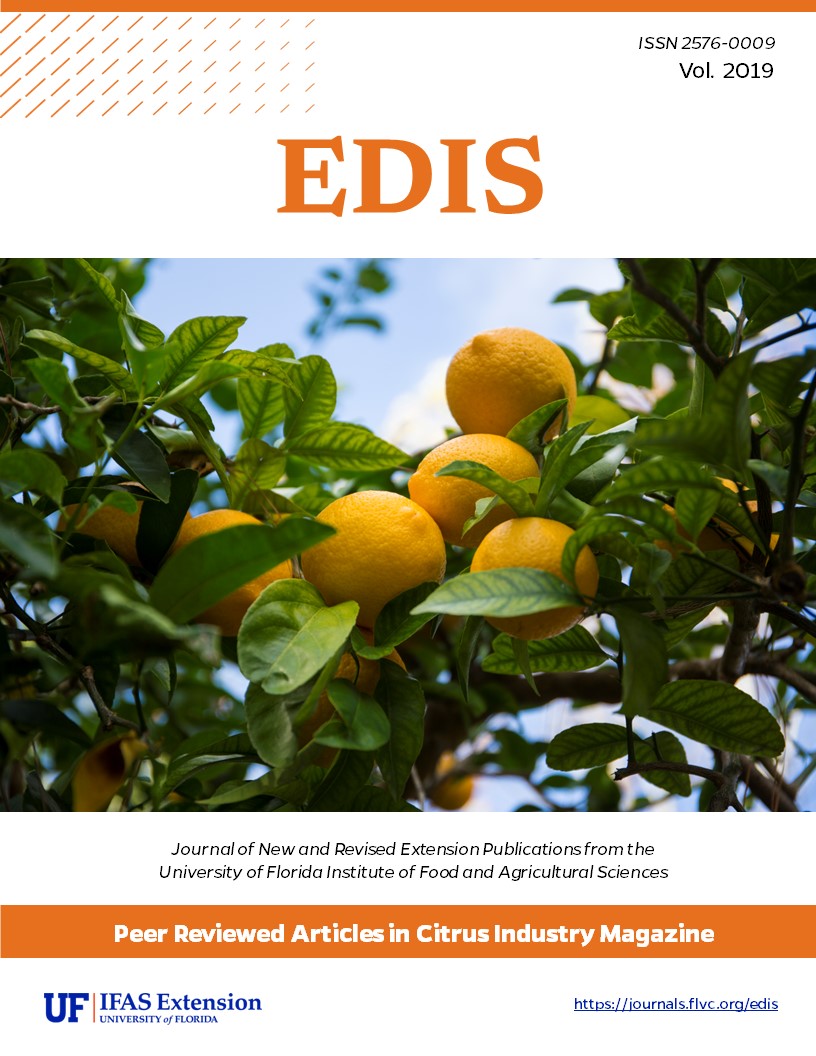Abstract
The undeniable current facts are that HLB is present in all of Florida citrus production and ACP is endemic and very good at locating and colonizing citrus groves. With the ubiquity of both the disease-causing pathogen and vector, there is no longer a possibly for slowing spread of disease. So, it is logical to ask whether reducing vector numbers is still something that is worth pursuing, given the investment needed in such practice. Collectively, all current research data suggest that reducing psyllid pressure on trees does appear to increase tree health and productivity. Although the biological answer so far does not seem to be as simple and straightforward as the predicted: “more infected psyllids = greater pathogen titer = greater severity of decline”, it does seem to follow a pattern resembling the following: “reductions of psyllid inoculation frequency = improved tree health and yield”. Minimizing the presence of resident psyllid populations in your citrus grove appears to help maintain tree health even if your grove is periodically infested by ACP. This can be accomplished several ways and include insecticides, as well as, cultural and biological methods. An integrated approach will likely be best. This may be good news, because until there are ‘planting ready’ resistant trees, HLB is likely here to stay. Periodic invasions of psyllids will be the norm. It appears that trees can survive these periodic invasions, if we can prevent a standing long-term population from continuously causing both feeding damage and re-circulation of bacteria. The combination of these two forces appears more destructive to trees than either alone.
References
Monzo, C. and Stansly, P. A. (2017). Economic injury levels for Asian citrus psyllid control in process oranges from mature trees with high incidence of huanglongbing. Plos One. 12(4):
e0175333.

